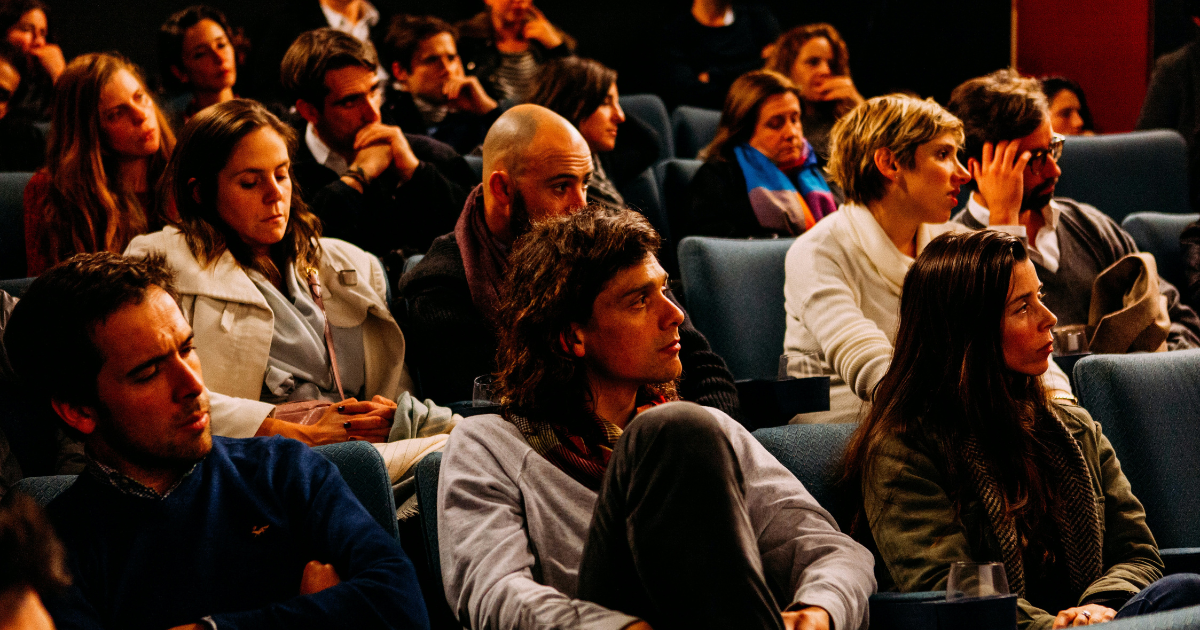Planning A Day-Long Event Program: Lessons From TEDx
Master the art of planning a day-long event with TEDx-inspired strategies. Engage your audience from start to finish with these expert tips for events.
Master the art of planning a day-long event with TEDx-inspired strategies. Engage your audience from start to finish with these expert tips for events.
Are you a meeting planner or on an event committee? You’ll then know that creating a successful day-long event requires careful planning and thoughtful execution. Taking cues from the TEDx model allows you to design an engaging program that captivates your audience from start to finish. Here's how to structure your event for maximum impact.
Your opening sets the tone for the entire day. Begin with a powerful speaker, an attention-grabbing demonstration, or an interactive activity that immediately engaging your audience. This initial impact will open minds and create excitement for what's to come.
Divide your day into four 90-minute sessions, separated by breaks. This structure allows for a variety of content while preventing audience fatigue. Each session should include:
Variety is key to maintaining audience interest. Within each session:

Schedule 30-45 minute breaks between sessions, offering:
Save your most impactful content for the final session. This could be:
When selecting presenters:
Keep the energy flowing between presentations with:
Your event host or compere is crucial to the day's success. They should:
At PepTalk, we have a huge variety of event hosts available, from BBC journalists to cutting-edge comedians. We love to find our clients the right facilitator or subject matter expert to keep the show flowing smoothly.

Add a 15-minute buffer to each session to account for:
End your event with:
At PepTalk, we offer searchable transcripts of talk recordings and a dashboard to access keynote talks long after the chairs have been folded away.
READ MORE: The Art of the SKO: Planning Your Sales Kickoff Event
A typical day-long event following this structure would run approximately 9 hours and 40 minutes:
This schedule usually runs from 8:30 AM to 6:10 PM, allowing for registration, breakfast, and a full day of programming.

Following these guidelines, you can create a day-long event that keeps your audience engaged, informed, and inspired. Remember, the key is maintaining a balance between structure and variety, allowing for focused learning and dynamic experiences throughout the day. Stay flexible and responsive to your audience's needs, and you'll be well on your way to hosting a memorable and impactful event.

💡 Would you like a shortcut to finding the perfect event speakers or host? Let us know, and we’ll find the perfect PepTalk expert for your organisation. Email us at hello@getapeptalk.com or send us a message via the chat. You can also call us on +44 20 3835 2929 (UK) or +1 737 888 5112 (US). Remember, it’s always a good time to get a PepTalk!